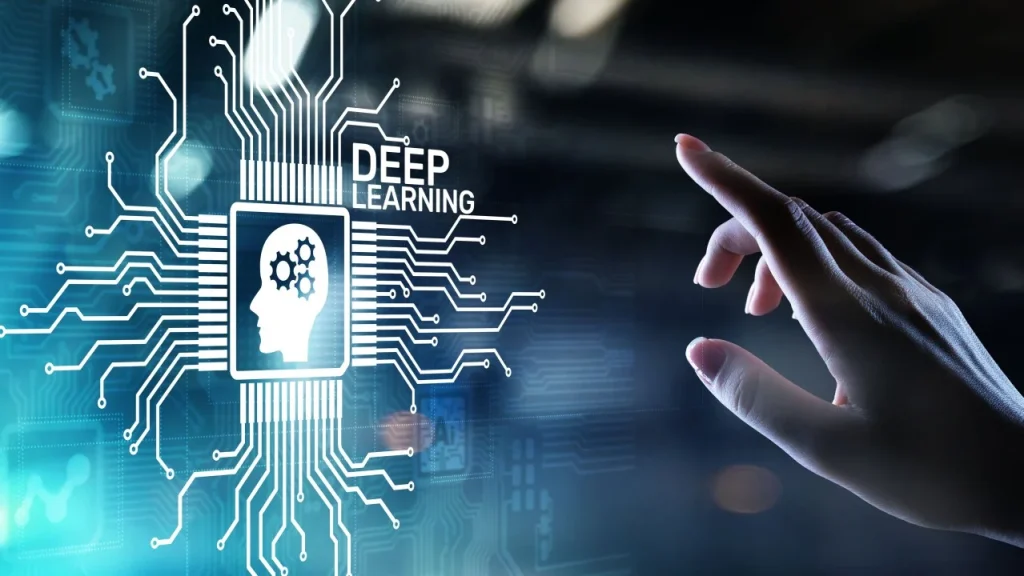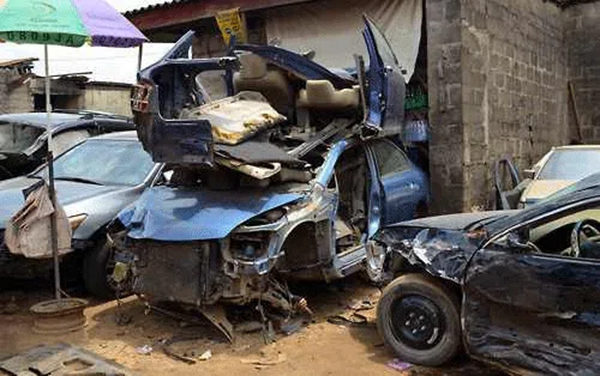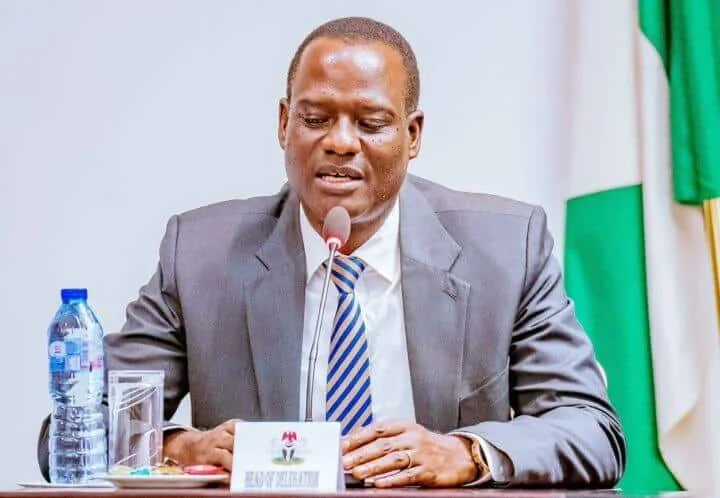As cities across the globe continue to expand rapidly, urban environments face mounting pressure on everything from transportation to public safety. Rising populations, aging infrastructure, and limited resources are pushing many cities to their limits. However, amidst these growing challenges, a new and transformative intelligence is emerging—not from government offices or traditional bureaucracy, but from sensors, algorithms, and vast networks of data.
This revolution is being driven by deep learning, a powerful subset of artificial intelligence that enables machines to process and learn from enormous amounts of data, making complex decisions with remarkable precision. Today, deep learning is reshaping the way we plan, manage, and design the urban spaces we live in.
As a computer vision and deep learning researcher with a passion for mentoring young tech enthusiasts in both Nigeria and the United Kingdom, I’ve had the privilege of witnessing how technology—when applied ethically and inclusively—can dramatically enhance lives, especially in marginalized communities. Deep learning doesn’t simply make cities “smarter.” When used wisely, it makes them more responsive, more equitable, and ultimately more human.
Turning Raw Data into Real Solutions
Modern cities generate staggering amounts of data every second. From real-time traffic patterns and pedestrian movements to crime statistics, air quality reports, and noise levels—urban areas are pulsing with information. But data alone is not enough. What cities truly need is actionable insight.
This is where deep learning becomes essential. With advanced tools like convolutional neural networks (CNNs), urban planners, engineers, and public officials can now interpret data at scale, predict outcomes with high accuracy, and intervene proactively. For instance, computer vision models are increasingly used to process live CCTV feeds to detect accidents, identify crowded areas, or flag suspicious behavior before it escalates.
My own research in this field has shown that AI models significantly outperform traditional surveillance systems—not just in speed, but in precision. And yet, the goal isn’t to create a dystopian “surveillance state.” Instead, it’s about building cities that can respond to residents’ needs faster, more effectively, and with greater fairness.
From Reactive to Predictive: A New Model for Urban Safety
In regions where public safety remains a critical concern, deep learning is playing a pivotal role. AI-powered systems now assist city authorities in making better-informed decisions. Emergency services are becoming more efficient, with predictive dispatch models enabling quicker response times. Smart traffic lights dynamically adapt to congestion levels. Public transport systems reroute automatically during rush hours or emergencies, reducing delays and improving commuter experiences.
Smart surveillance is a prime example. AI can analyze video feeds to detect unusual behavior—such as loitering in sensitive areas or aggressive actions—instantly alerting authorities and enabling rapid intervention. These technologies are no longer confined to labs; they are actively being tested and implemented in cities across the globe, from Asia to Europe and Africa.
Smart Must Also Mean Fair: The Need for Inclusive Innovation
As cities embrace digital transformation, equity must be at the heart of this evolution. Technology should not deepen existing divides—it should help bridge them. For smart cities to be truly intelligent, they must reflect the diversity of the populations they serve.
This begins with designing AI systems that are context-aware and trained on diverse, representative data sets. It means involving people from various backgrounds in building these technologies, ensuring that AI doesn’t perpetuate existing biases. But more fundamentally, it also means expanding access to technology education.
Throughout my years mentoring youth—from teaching kids in rural Osun State in Nigeria to conducting free coding sessions in underserved communities in the UK—I’ve seen the untapped potential that exists when young people are given the tools to create. Through initiatives like Borderless Tek and my work as a UK STEM Ambassador, I’ve committed to helping young coders and engineers become creators of technology, not just consumers of it.
By equipping the next generation with digital skills, we ensure that the future of urban technology is not designed by a privileged few, but by a broad coalition of voices from every walk of life.
Building Cities That Respond, Adapt, and Care
As urban development enters a new digital era, the opportunities are immense. Deep learning offers powerful tools to reduce traffic fatalities, curb pollution, and improve the speed and effectiveness of public services. Yet these innovations come with significant responsibility.
We must stay vigilant against algorithmic bias. We must champion transparency in how data is collected, stored, and used. We must prioritize privacy and civil liberties at every step of development. And most importantly, we must never forget that cities are built for people—not just machines.
Ultimately, deep learning is not just optimizing traffic or analyzing crime patterns—it’s reshaping the relationship between citizens and the systems designed to support them. By investing in ethical, inclusive, and people-centered technology, we’re building more than smart cities—we’re redefining what it means to live well, together, in the 21st century.
The future is being written not just by politicians or developers, but by every young innovator, mentor, and digital pioneer asking one vital question: What if we built cities that truly worked for everyone?
Let’s build that future—one algorithm, one community, and one breakthrough at a time.












